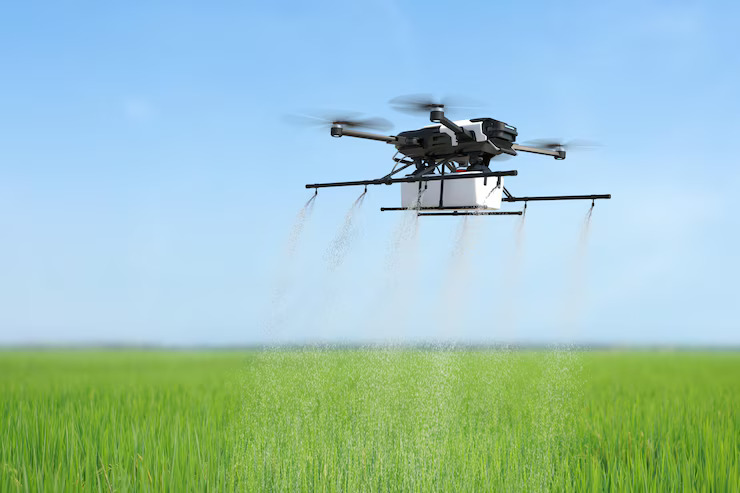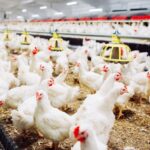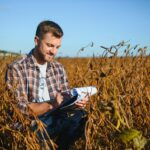In recent years, drones have taken off—quite literally—as a transformative tool in modern farming. In South Africa, where vast landscapes and unpredictable weather patterns often challenge traditional farming methods, drones are offering farmers a new level of control and insight. From monitoring crop health to precisely applying fertilisers and pesticides, these flying machines are reshaping the way agriculture is done across the country.
For many farmers, especially those managing large-scale operations, keeping track of what’s happening across hectares of land has always been a logistical nightmare. Walking the fields or using ground vehicles is time-consuming and often ineffective for spotting early signs of disease, pest infestations, or nutrient deficiencies. That’s where drones come in. Equipped with high-resolution cameras and multispectral sensors, drones can scan fields from above, capturing detailed imagery that helps farmers detect problems long before they become visible to the naked eye.
These aerial surveys don’t just save time—they provide actionable data. By analysing drone images, farmers can identify areas of stress in crops, assess plant vigour, and even map variations in soil health. This level of precision helps reduce waste and ensures that interventions like fertilisation or irrigation are applied only where needed, cutting down on costs and improving overall efficiency.
One of the most impactful uses of drones in South African agriculture is for crop spraying. Traditional spraying methods often involve large machinery or manual labour, both of which are labour-intensive and can be imprecise—especially in uneven or hard-to-reach areas. Drones, on the other hand, can fly close to the ground and spray crops with remarkable accuracy, reducing chemical drift and ensuring a more even application. This not only protects the environment but also saves on input costs and improves yields.
Drone spraying is also proving to be a game-changer in areas where terrain makes it difficult to use conventional equipment. On steep hillsides, smallholdings, or plots with irregular shapes, drones can manoeuvre with ease and cover ground that would otherwise be neglected or poorly treated. With programmable flight paths and automated spraying systems, farmers can treat their fields more consistently and safely.
Cost was once a barrier, but as drone technology becomes more accessible, more farmers are starting to see the return on investment. A growing number of local service providers now offer drone surveying and spraying services, allowing even small to medium-sized farmers to benefit without needing to own the equipment themselves. Government-backed initiatives and agricultural cooperatives are also beginning to promote drone adoption as part of broader efforts to modernise farming practices.
Beyond crop health and spraying, drones are being used for mapping, livestock monitoring, and even assessing damage after extreme weather events. They’re becoming a versatile tool in the hands of forward-thinking farmers who understand that technology is key to surviving and thriving in today’s competitive agricultural landscape.
As the industry moves forward, regulations around drone usage are also evolving. The South African Civil Aviation Authority (SACAA) requires commercial drone operators to be licensed and comply with safety standards. For farmers, this means either working with certified drone pilots or undergoing training themselves if they plan to operate drones regularly on their farms.
The future of farming in South Africa is undeniably digital, and drones are at the heart of that shift. By improving the speed, accuracy, and efficiency of crop monitoring and spraying, drones are not only boosting productivity but also empowering farmers to make smarter decisions. As more South African farmers take to the skies—albeit by remote control—the potential for sustainable, high-tech agriculture continues to grow.
Join 'Farmers Mag' WhatsApp Channel
Get the latest Farming news and tips delivered straight to your WhatsApp
CLICK HERE TO JOIN






